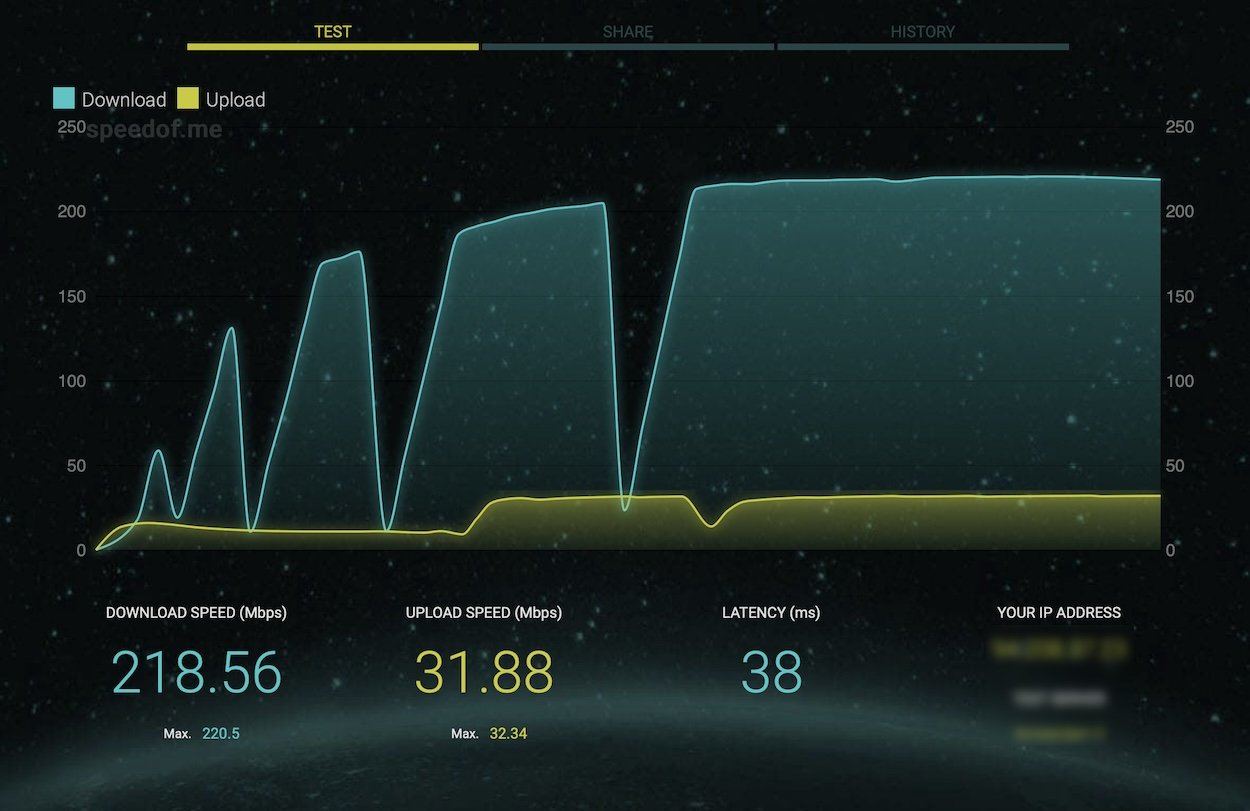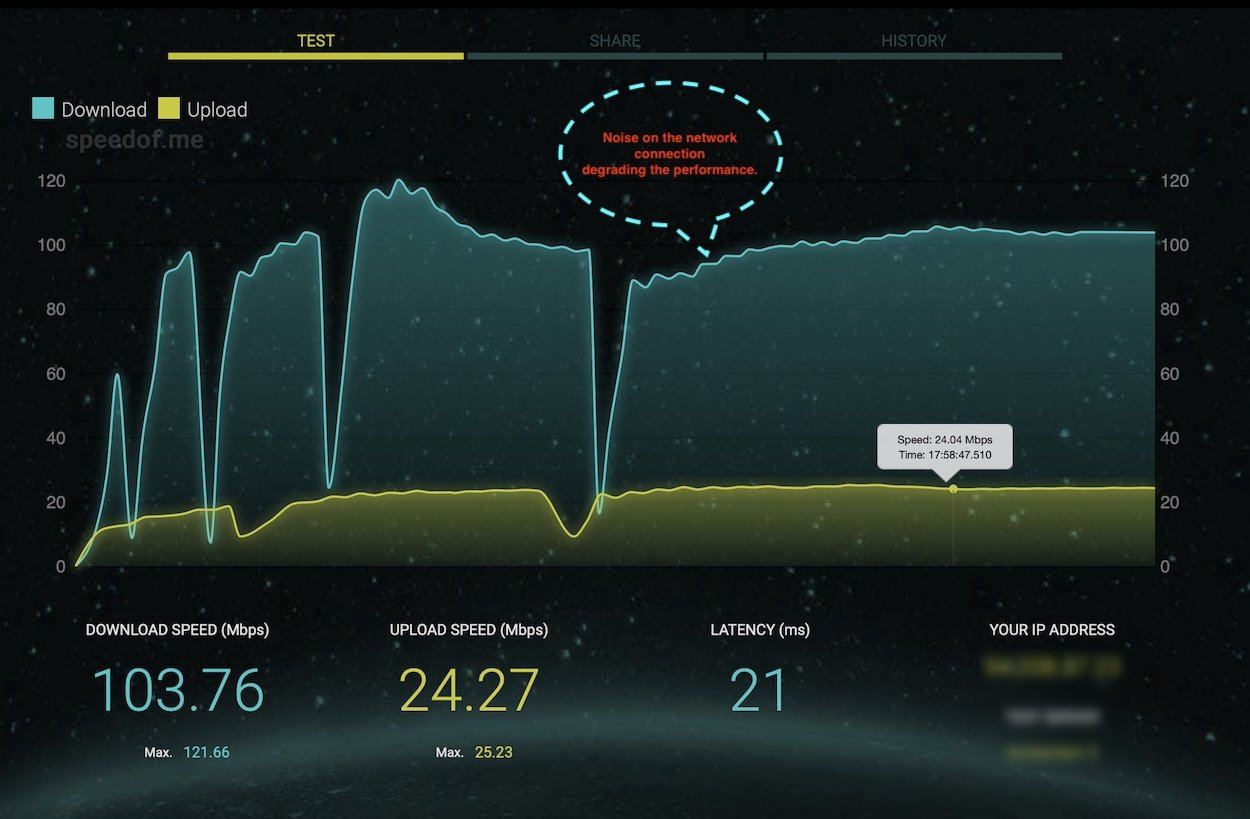Solving a poor internet service
Increasingly, I have to help solve problems with slow or intermittent internet connections. In some cases, there's even a completely dead internet connection. Unfortunately, the cable providers are less than helpful and are even defensive when a customer complains about poor service for their high cost.
Common causes for internet connection problems include:
The overhead coax line coming into your home has been degraded by sunlight and become porous.
Coax cable coming into your home has been damaged by rodents like squirrels.
Underground coax line to the house has been damaged by a gardener or other groundwork.
Cables cut during construction work or accidents and never reconnected.
Poorly attached coax connectors.
Coax cable splitters and amplifiers that do not meet the (new) specifications.
It's nice to know any of the possible causes listed above, and it can certainly be helpful, especially if the internet connection goes bad after some work in or around the house. But frankly, most of the time, it's not your responsibility to diagnose and solve these kinds of problems. That's what you pay the cable company for!
Unfortunately, the cable companies often need to be motivated to spring into action :-(
Below, I am giving you some advice on how to be well-prepared for the dreaded call with the Internet Service Provider (ISP) "tech support":
Connect your computer directly to the internet modem/router using a network cable. Unfortunately, you might need to purchase a network adapter for most Apple computers to connect them with an ethernet cable to the box provided by the ISP.
To ensure that the Mac is using the hardwire, it's best to turn off the WiFi on your Mac.
Next, run a speed test using www.speedof.me.
Repeat this test when you think you need it.
Interpreting the Speedof.me test results:
At a minimum, the results should meet or exceed the download and upload speed you are paying for.
The latency should be (way) below 80ms; the shorter, the better.
Does the graph show flat tops, or is it irregular? An irregular graph is often an indication of a poor cable connection.
Making the call:
Armed with this information, you can brew yourself a big mug of coffee or tea and settle in for the dreaded call with the cable company. Once you are talking to the tech, don't settle for any delays or run around standard scripts. Just keep repeating that you connected your computer directly to their modem with a network cable, and the WiFi was turned off. This takes away their excuse that it's your equipment or something with the WiFi signal in your home. Just keep insisting that you are not getting the results you are paying for and ask for a qualified technician to come out and measure the quality of the signal at your home.
Exchanging the modem?
One of the quickest ways for a tech to close their call is to replace the modem. This might be justified if your modem is really old and not compliant with their current standards. Regardless, insist that the technician measures the signal with a big, fancy-looking multimeter before closing the call. During this visit, the technician should visually inspect their coax cable and all splitters and boosters that are installed before their coax cable reaches the modem.
Still having trouble?
Once it has been confirmed that the internet connection is good, we can focus on what is causing a poor internet connection inside your home or office. It might require rearranging equipment or making changes to the configuration of your router. If needed, replace or add more network gear.


